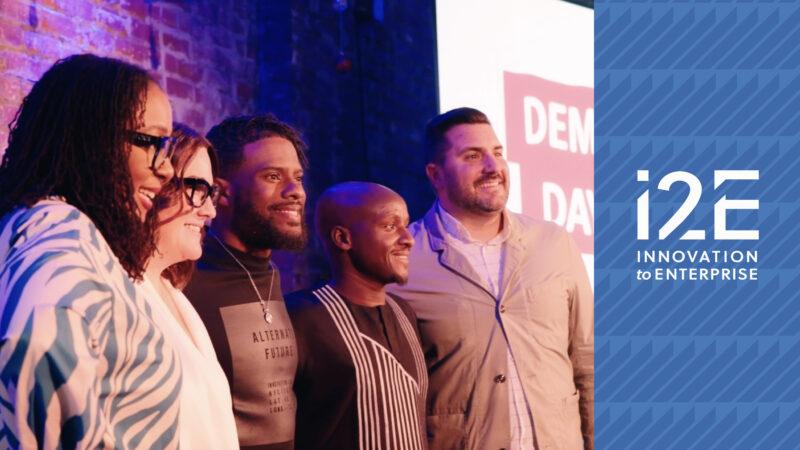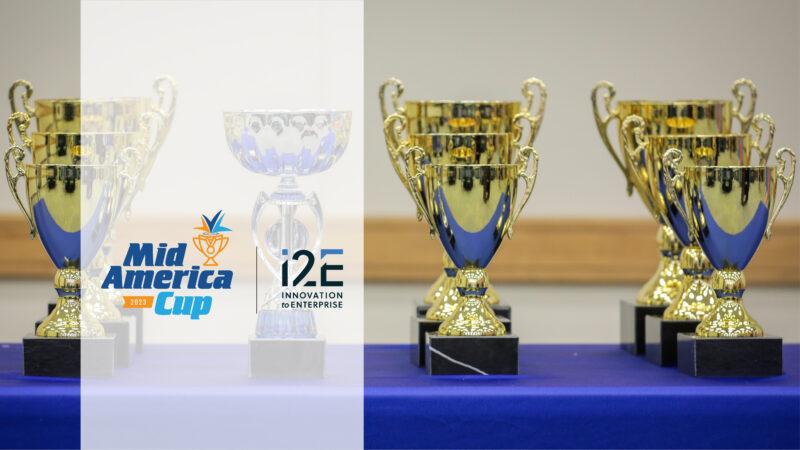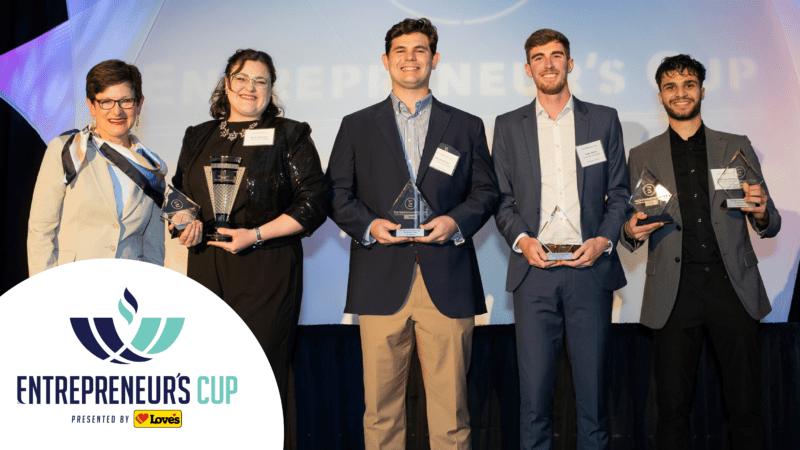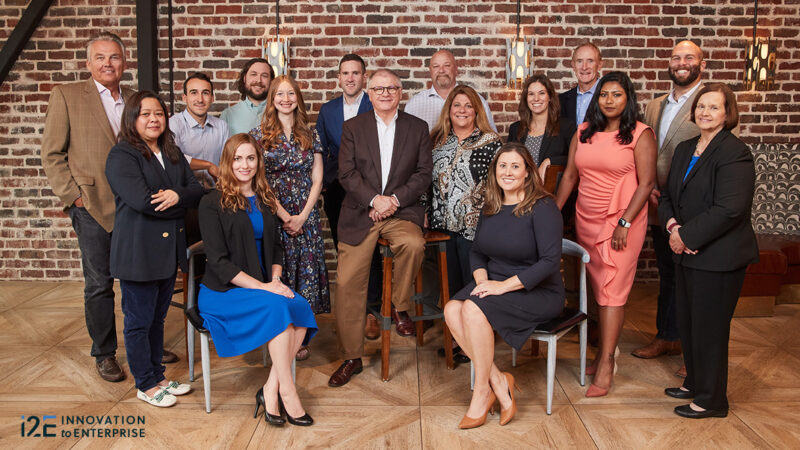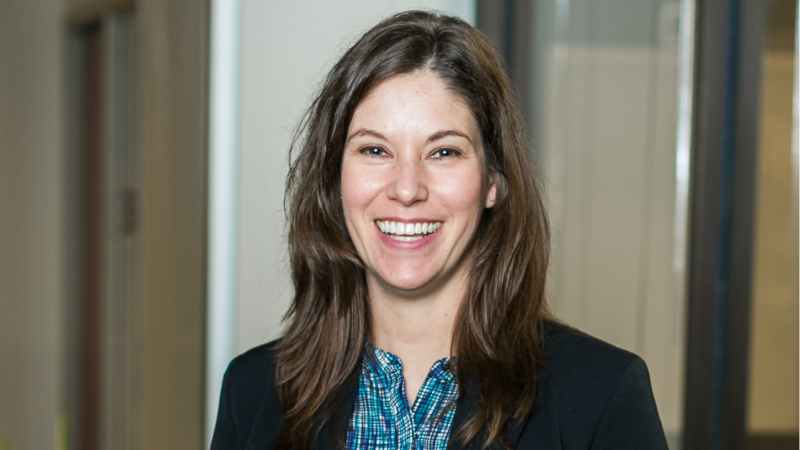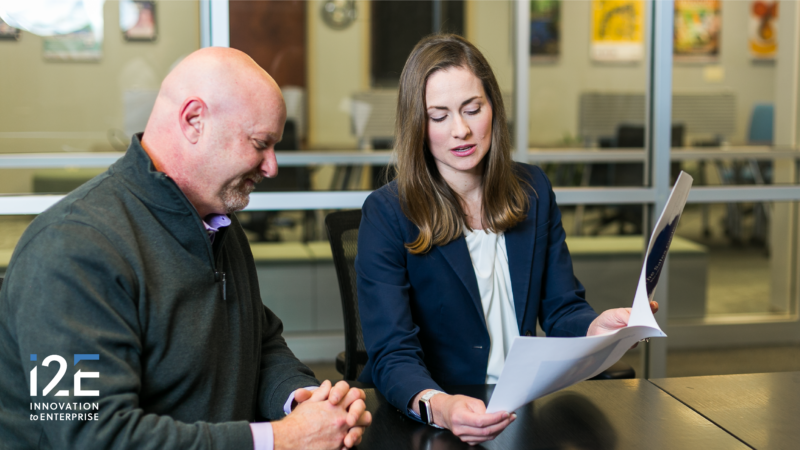By Jim Stafford
Copyright 2014, © The Oklahoma Publishing Company
In 1861, the 1st Kentucky cavalry was organized at a call to arms near Liberty, KY. The first recruitment meeting took place seven-tenths of a mile from the farm on which Robert Floyd grew up 78 years later.
“I walked to school right there,” Floyd, 74, told me recently as we sat in an office at the University of Oklahoma Research Park. “That was where they had the first speech to recruit people for this 1st Kentucky Cavalry, which was the first cavalry on the Union side.”

It was with these deep roots in rural Kentucky and link to history that Robert Floyd began a journey that carried him to a distinguished career as a brilliant scientific researcher with the Oklahoma Medical Research Foundation.
I wanted to know how Robert Floyd, Kentucky farm boy became an OMRF scientist who made groundbreaking discoveries in the area of free radicals.
During a 38-year career at OMRF, 72 primary and then follow-on patents have been filed in Floyd’s name. Four companies have been spun out of his work that addressed an array of devastating health concerns in the areas of stroke, hearing loss, brain tumors and blood disorders.
Floyd’s path to scientific discovery began as he earned an undergraduate degree in agriculture at the University of Kentucky.
“The more I got deeper into it the more fascinated I became with science,” he said. “I can remember the first lecture I heard on RNA viruses. I wanted to go into it seriously, very hard science.
Eventually, the trail led him to Purdue University, where he earned a Ph.D. in Agronomy with serious focus on mathematics and physical biochemistry. He completed a post-doctoral fellowship at the University of California-Davis then a fellowship at the University of Pennsylvania in Biophysics, working on the basic photochemical reactions of green plant photosynthesis where he made an important discovery on light-activated reaction centers.
That led him to Washington University, where his studies were focused on environmental contributions to cancer development and the role of free radicals in their development. A free radical is an unpaired electron in an atom or a chemical compound.
By 1974, Floyd was hired by OMRF to bring his expertise in free radicals and experience with a technology called electron spin resonance to Oklahoma City.
Shortly after he arrived at OMRF, he was awarded an NIH grant to pursue research into free radicals and cancer.
“It was funded ahead of time and got really high marks,” Floyd said. “I kept that grant on free radicals and carcinogens for 27 years.”
Floyd was continually funded by several other NIH grants and federal grants for his entire tenure at OMRF. He retired from OMRF in 2012, although he remains an affiliate member.
Today, he is pursuing a cure for blood disorders as co-founder along with Dr. Robert Broyles of Oklahoma City-based EpimedX. He also has involvement in the clinical trials in the development of a drug for the prevention of hearing loss and in another drug for the treatment of glioblastoma that OMRF is spearheading.
Retirement from OMRF also freed him to pursue interests in Civil War history, national parks, environmental causes and even an emerging presence on Twitter (@RAFloyd).
History surrounded Floyd where he grew up on that Kentucky farm. Both the school and the church he attended as a child were founded in 1832. He’s writing a book to capture his journey.
“Here I am a farm boy, but I’ve always done what I’m interested in and had the good luck or not enough sense to turn away,” Floyd said.
Jim Stafford writes about the state’s life sciences industry on behalf of the Oklahoma Bioscience Association.
Read the article at newsok.com

